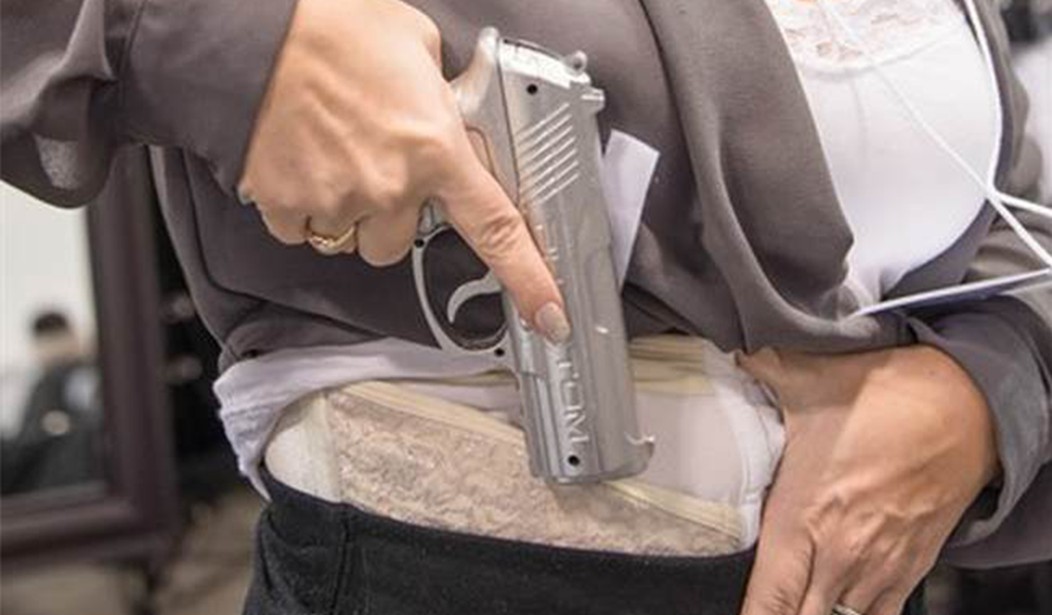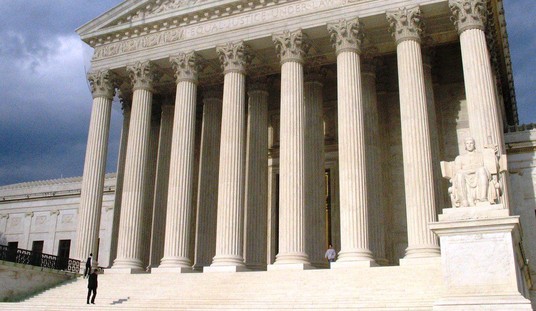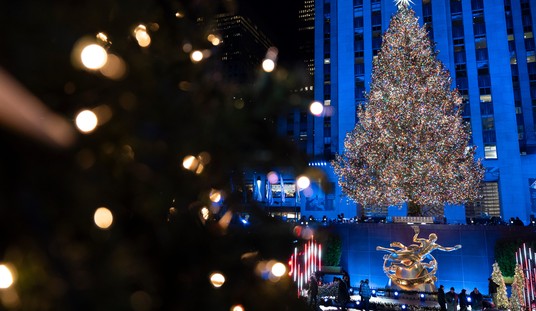It’s not particularly shocking that an Obama-appointed federal judge would uphold New York’s prohibition on lawful concealed carry in houses of worship, but the reasoning (or lack thereof) on the part of U.S. District Judge Vernon S. Broderick is a direct shot at the Supreme Court and its history, text, and tradition test laid out in the Bruen decision, which is a little surprising.
We’ve seen other federal judges around the country uphold (at least on a preliminary basis) bans on “large capacity” magazines, so-called assault weapons, and “sensitive place” restrictions, but generally they’ve tried to do an end run around the Bruen test by declaring that the guns and magazines in question aren’t protected by the Second Amendment rather than directly challenge the test laid out by the Supreme Court directing judges to weigh the text, history, and tradition of the right to keep and bear arms at the time of the Founding or (to a lesser degree) the ratification of the Fourteenth Amendment when considering the constitutionality of any given gun control law.
Not so with Broderick, who declared that the Bruen test is “likely to lead to inconsistent decisions that are untethered to reality.”
"…answering the question of whether statutes and regulations from those respective time periods are 'relevantly similar under the Second Amendment' is an enormously difficult task that is likely to lead to inconsistent decisions that are untethered to reality…" pic.twitter.com/JbQM1T5UhC
— Firearms Policy Coalition (@gunpolicy) June 28, 2023
As if to prove his point, Broderick rejected the plaintiffs argument that the prohibition on lawful carry in houses of worship is unconstitutional by a selective reading and interpretation of several 18th and 19th century statutes. In upholding New York’s law, Broderick relied on several cases where 19th century state-level courts upheld restrictions on the right to carry, including in churches.
For example, the Supreme Court of Texas found it “little short of ridiculous” to claim a right to carry “into a peaceable public assembly, as, for instance, into a church, a lecture room, a ball room, or any other place where ladies and gentlemen are congregated together.” English v. State, 35 Tex. 473, 478–79 (Tex. 1871); the Georgia Supreme Court stated that “carrying arms at courts, elections and places of worship, etc., is a thing so improper in itself, so shocking to all sense of propriety, so wholly useless and full of evil, that it would be strange if the framers of the constitution have used words broad enough to give it a constitutional guarantee.” Hill v. State, 53 Ga. 472, 475 (Ga. 1874). See also Wilson v. State, 33 Ark. 557, 560 (Ark. 1878) (“No doubt in time of peace, persons might be prohibited from wearing war arms to places of public worship, or elections, etc.”). This historical record of laws and cases with specific location-based and general firearm restrictions suggest that legislatures and courts from the founding and reconstruction eras were involved in firearms regulation, and considered firearm carriage restrictions to be appropriate in certain contexts and physical locations.
What’s the problem? Well, in at least two of those three cases the 19th century courts adopted a view of the right to keep and bear arms that’s been soundly rejected by the Supreme Court. In English v. State, for instance, the court ruled that the Second Amendment only covers arms “such as are useful and proper to an armed militia” and called pistols “wicked devices of modern craft” that have no protection under the Constitution. In Wilson v. State the court similarly concluded that a statute prohibiting any carrying of a pistol was within the legislature’s purview; a position entirely at odds with the Supreme Court’s decision in Bruen.
How can these be seen as appropriate “historical analogues” if they directly contradict what the Supreme Court has held in both Heller and Bruen?
As if that weren’t bad enough, Broderick also took issue with the 18th and 19th century laws that plaintiffs cited in support of their position, calling them “rooted in racial supremacy” with the “reprehensible and shameful goal of preserving slavery.” If those laws are so outdated and unsupported by our current Constitution, then why is Broderick still giving weight to the equally invalid decisions that treated the right to keep and bear arms as limited only to arms typically carried by a member of a militia?
I think Broderick was engaged in a bit of projection when he said that the Bruen test will lead to outcomes untethered by reality, because that’s exactly what today’s decision is. In fact, in his summation Broderick largely ignored the Bruen test altogether and instead justified New York’s prohibition on the grounds that the state has a vested interest in public safety; in essence applying the two-step, tiered scrutiny test explicitly rejected by the Supreme Court without formally adopting the disfavored doctrine.
The New York State Legislature has acted in what they consider to be in the best interest of public safety. It is my role to then consider the claims of irreparable harm, the likelihood of success on the merits, and to balance the competing claims of injury and the public consequences of granting injunctive relief. In this case, for the reasons stated above, I find that the equities and the public interest weigh against the injunctive relief Plaintiffs seek.
Thanks to Broderick’s decision we’re left with the bizarre situation of Jewish rabbis and black pastors (among other religious leaders) being prohibited from generally allowing their congregants to carry because the judge believes laws to the contrary are rooted in white supremacy and racism. Today’s decision will most likely be appealed up to the Second Circuit, but for now the illogic of the anti-gunners still holds sway over New Yorkers and their right to armed self-defense.









